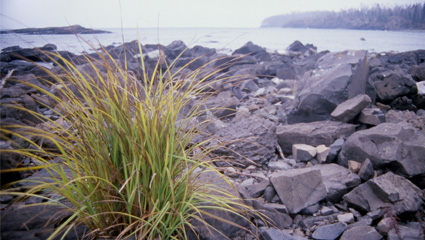Like many pastors, my toolkit for preaching includes Greek and Hebrew Bibles and study helps, as well as commentaries and studies on many books of the Bibles.
I even have a powerful software tool to help with my studies. But my favorite tool in my toolkit is my shoulder pack.
This is a mini-backpack designed to be slung over one arm. Inside, I carry the tools that are important to my preaching. I have a notebook and a small sketch pad, and pens and pencils. Following the suggestions of a book entitled, How to Think like Leonardo da Vinci (Michael J. Gelb, author), I began carrying the notebook and sketchpad as a way to stretch and strengthen my creativity. The book discusses how da Vinci filled notebooks with sketches and notes, as he watched and observed life and things that interested him. Da Vinci’s creativity was due, in part, to his practice of observation and insatiable curiosity.
I have almost filled my notebook with ideas, thoughts, observations and snippets of texts, while going about my daily activities and travels. I also have it with me in book stores and libraries, to jot down a title or author, to write down a quote or two from an article, or to remember footnote information. I find that taking the time to jot down an observation or thought, or sketching out an idea that comes to mind is almost as important as the idea itself. This can lead to times and moments of contemplation, where I let my mind wander from the original idea, allowing it to take me to new places.
Though I find the process itself helpful, it can be applied to crafting sermons. For me, it fits best during the “birthing process”–the time when moving from the text itself to the sermon. Finding points of interest in a story, and letting one’s mind and imagination expand from that point, can lead to opening examples or an overarching theme for a sermon.
The sketch pad is for sketching ideas or catching an image or picture. The practice of drawing helps to train how we see the world and allows us see things in a clearer way. Drawing and sketching can also be applied to a story or text. The story or text itself can be sketched or drawn out. Gelb’s book introduces a technique called mind mapping as a way to do this well. Being able to sketch out the elements within a story and seeing how they connect is helpful. Add to these ideas other reflections that spring to mind when reading and working on the story at hand, and one creates a rich palette from which to draw when working on the sermon.
Using the notebook and sketch pad to take notes and sketch slows me down. I find much of exegesis to be about slowing down and taking time with the story to savor it like wine on one’s tongue, to take the time to listen to what the story has to say and the voices which share it. The notebook and sketch pad do much the same. They slow me down and help me focus on what I’m seeing, or hearing, or smelling, and allow me to capture this information. Maybe I’ll use it later, maybe not. But the practice of slowing down, of observing and noting life, fires up my creativity and helps me relate life in my sermons in different, and often, refreshing ways. Give it a try.

